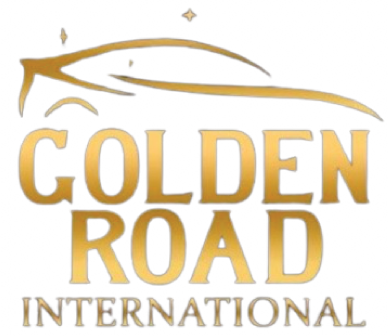Oman is one of the hidden gems of the Arabian Peninsula, offering a rich history, diverse culture, and stunning natural landscapes that create an unforgettable experience for travelers. With warm and sunny weather all year round, particularly pleasant during the winter season, Oman is an ideal destination for those seeking adventures in the desert, mountain trekking, and enjoying beautiful beaches. Some of the famous attractions in Oman include the Sultan Qaboos Grand Mosque, Nizwa Fort, and Wadi Shab, each providing ample reasons to visit this beautiful country.
To make the most of your visit, renting a car can be a game-changer, offering flexibility and ease of travel across this magnificent country. For detailed insights on the best car rental options, tips on navigating the roads, and how to make your journey even more memorable, don’t miss our comprehensive article on car rental in Oman. This guide will help you plan your trip efficiently, ensuring you have the freedom to explore all that Oman has to offer at your own pace.
Why Should You Travel to Oman?
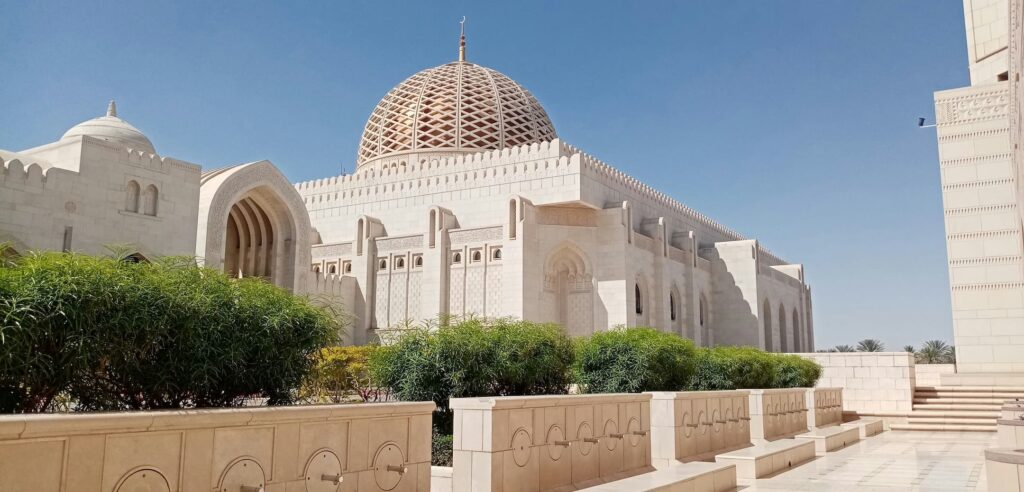
Oman is a captivating destination that offers a unique blend of stunning natural beauty, rich cultural heritage, and warm hospitality. Here are several compelling reasons why you should consider a trip to oman:
- Breathtaking Landscapes: Oman boasts some of the most diverse and beautiful landscapes in the Middle East. From the vast deserts of Wahiba Sands to the dramatic mountain ranges like Jebel Shams, and the pristine beaches along the coastline, there is no shortage of natural beauty to explore
- Rich Cultural Heritage: Oman is steeped in history and culture. The country has preserved its traditional way of life while embracing modernity. You can visit historical sites such as the ancient forts in Nizwa and Bahla, or explore the bustling souks of Muscat where you can buy traditional Omani crafts and spices
- Delicious Cuisine: Omani food is a delightful blend of flavors influenced by Persian, Indian, and African cuisines. Traditional dishes like shuwa (slow-cooked marinated meat), machboos (spiced rice with meat), and fresh seafood are a must-try. Enjoying a meal in Oman is not just about the food, but also about experiencing the hospitality and culture of the Omani people
- Friendly and Welcoming People: The people of Oman are known for their hospitality and kindness. Visitors often find the local residents to be incredibly welcoming and eager to share their culture and traditions. This makes traveling in Oman a pleasant and enriching experience
- Outdoor Adventures: Oman is a paradise for adventure enthusiasts. Whether you enjoy hiking through picturesque wadis (valleys), diving in clear blue waters, or exploring the desert on a camel or 4×4, Oman offers a variety of activities to satisfy your adventurous spirit
- Untouched by Mass Tourism: Unlike some of its neighboring countries, Oman remains relatively untouched by mass tourism. This allows visitors to enjoy an authentic experience, free from the crowds, and discover hidden gems that are often overlooked
For more interesting facts about Oman, you can refer to a detailed article titled 15 Interesting Facts About Oman
Different Ways to Trip to Oman
Trip to Oman By Air
Traveling to Oman by air is the most convenient and time-efficient option. Oman Air operates direct flights to Muscat from various international hubs including London, Abu Dhabi, and Dubai. For travelers from North America, flights typically involve a layover in a major European or Gulf city. For example, you can fly from Toronto, Montreal, or Vancouver to London and then catch a direct flight to Muscat. Flight times from the east coast of North America to Muscat can be as short as 16-17 hours, while from the west coast it may take up to 24 hours depending on connections. For those traveling from the UAE, multiple daily flights are available from Dubai, Abu Dhabi, and Sharjah, making it a quick journey of around 45 minutes to an hour. Airlines such as Emirates, FlyDubai, and Wizz Air offer competitive rates, with options starting as low as Dhs 129 for a round trip.
Trip to Oman By Land
Traveling to Oman by land is an adventurous alternative, especially if you are coming from neighboring UAE. There are several border crossings between the UAE and Oman, including the popular Hatta border. The journey by car from Dubai to Muscat takes about 5-6 hours, depending on traffic and border crossing times. The roads are well-maintained, making the drive relatively smooth and scenic. Additionally, there are bus services available for those who prefer not to drive. Mwasalat, Oman’s national transport company, operates routes from Abu Dhabi to Muscat, which include rest stops and immigration services. The bus ride typically takes around six hours.
Best Time to Visit Oman
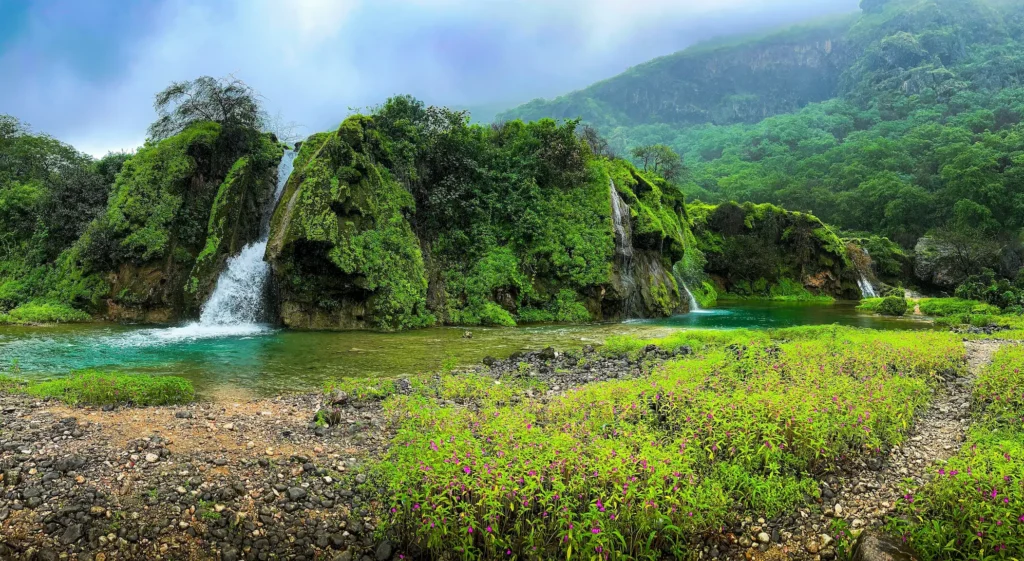
When planning your trip to Oman, timing is crucial to ensure you experience the best weather and cultural events. Here are key points to consider:
October to April: The Ideal Travel Season
The best time to visit Oman is between October and April. During these months, the weather is pleasantly warm, with temperatures ranging from 17°C to 35°C (63°F to 95°F). This period offers a comfortable climate for outdoor activities such as exploring the vast deserts, hiking in the mountains, and enjoying the beautiful beaches
Winter Months (December to February)
These months are particularly favorable as they bring cooler temperatures, averaging around 25°C (77°F) during the day. It’s the peak tourist season, ideal for sightseeing and participating in outdoor events. This period also sees minimal rainfall, ensuring clear skies and perfect conditions for travel
Khareef Season (June to September)
If you plan to visit the southern region of Salalah, the khareef season from June to September transforms the area into a lush, green landscape due to the monsoon rains. This unique climate makes Salalah a popular summer destination, attracting visitors seeking to escape the intense heat of the northern parts of Oman
Summer Months (June to August)
Traveling to Oman during the summer can be challenging due to the extreme heat, with temperatures often exceeding 40°C (104°F). However, this period offers the advantage of lower prices on flights and accommodations. It’s a good time to find deals if you can tolerate the heat or plan to stay in air-conditioned resorts
- Festivals and Events
Visiting during specific festivals can enhance your experience:
- Muscat Festival: Held from late January to late February, this festival showcases Omani culture, arts, and heritage.
- Salalah Tourism Festival: Celebrated from June to September during the khareef season, it features cultural events, concerts, and more
By planning your trip during the optimal months, you can make the most of your visit to Oman, enjoying its diverse landscapes and rich cultural heritage under the best possible conditions.
Important Tips About Money and Currency in Oman

Omani Rial (OMR)
The official currency of Oman is the Omani Rial (OMR), denoted by the symbol ﷼. Each Rial is subdivided into 1000 baisas. The Omani Rial is a stable and strong currency, with 1 OMR approximately equal to 2.60 USD.
Currency Exchange
For European travelers, exchanging money in Oman is straightforward. You can exchange Euros or other major currencies at banks, currency exchange bureaus, and even some hotels. It’s advisable to exchange money at official banks or reputable currency exchange services to get the best rates and avoid high fees.
Banks and ATMs
ATMs are widely available in cities and towns across Oman, and they accept international cards. Major banks like the National Bank of Oman and Bank Muscat have extensive ATM networks. It’s a good idea to inform your bank of your travel plans to avoid any issues with your card being blocked due to unusual activity.
Using Credit Cards
Credit cards (Visa, MasterCard, and American Express) are widely accepted in Oman, especially in hotels, restaurants, and larger shops. However, it’s prudent to carry some cash for smaller establishments and markets where card payments might not be accepted. European travelers can benefit from using travel-friendly credit cards that offer low foreign transaction fees and good exchange rates.
Tips for Exchanging Money
- Exchange Some Cash Before Arrival: It’s useful to have some Omani Rials on hand when you arrive, especially for immediate expenses like taxis or small purchases.
- Compare Rates: Use currency comparison tools online to find the best exchange rates before you travel. Rates at airports can be less favorable, so it’s often better to exchange larger amounts at banks in the city.
- Keep an Eye on Fees: Be aware of any fees your bank might charge for international transactions or ATM withdrawals. Some travel-specific cards offer zero fees on foreign transactions, which can save you money.
Must-See Attractions in Oman
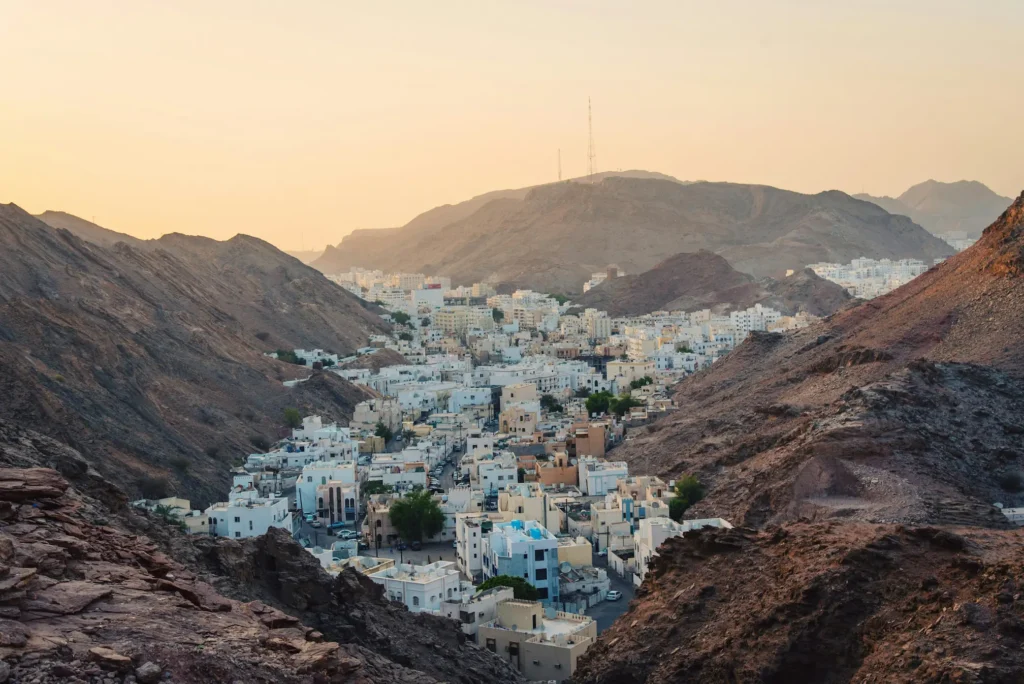
Oman is a country with a rich history and diverse landscapes, making it an ideal destination for travelers. Here are some of the top places to visit in Oman and you should include in your trip to oman:
Muscat
Muscat, the capital city, is a vibrant place that combines modernity with tradition. Key attractions include the Sultan Qaboos Grand Mosque, Mutrah Souq, and the Royal Opera House. The city’s waterfront, known as the Corniche, offers stunning views and is perfect for a leisurely stroll.
Nizwa
Nizwa, known as the cultural heartland of Oman, is famous for its 17th-century fort and the bustling Nizwa Souq. The city offers a glimpse into Oman’s historical and architectural heritage. Don’t miss the goat market, which takes place twice a week.
Wahiba Sands
For an authentic desert experience, head to the Wahiba Sands. This vast expanse of sand dunes is home to the Bedouin people. Visitors can enjoy camel rides, dune bashing, and camping under the stars.
Jebel Akhdar
Also known as the Green Mountain, Jebel Akhdar is part of the Al Hajar range and offers cooler temperatures and stunning terraced landscapes. It’s perfect for hiking and exploring the local agriculture, including fruit orchards and rose gardens.
Musandam Peninsula
Often referred to as the “Norway of Arabia,” the Musandam Peninsula is known for its dramatic fjords. Activities here include dhow cruises, dolphin watching, and snorkeling. The area is remote and offers a unique natural beauty.
Salalah
Located in the southern part of Oman, Salalah is known for its monsoon season (khareef), which transforms the landscape into a lush, green oasis. Key attractions include the Sultan Qaboos Palace, the Al Baleed Archaeological Site, and the beautiful beaches.
If you want to travel to Salalah, I suggest you read our article (all about traveling to Salalah).
Ras al Jinz
This turtle reserve is one of the few places in the world where you can see endangered green turtles laying eggs and hatching year-round. It’s a must-visit for wildlife enthusiasts.
Traditional Omani Food and Dishes
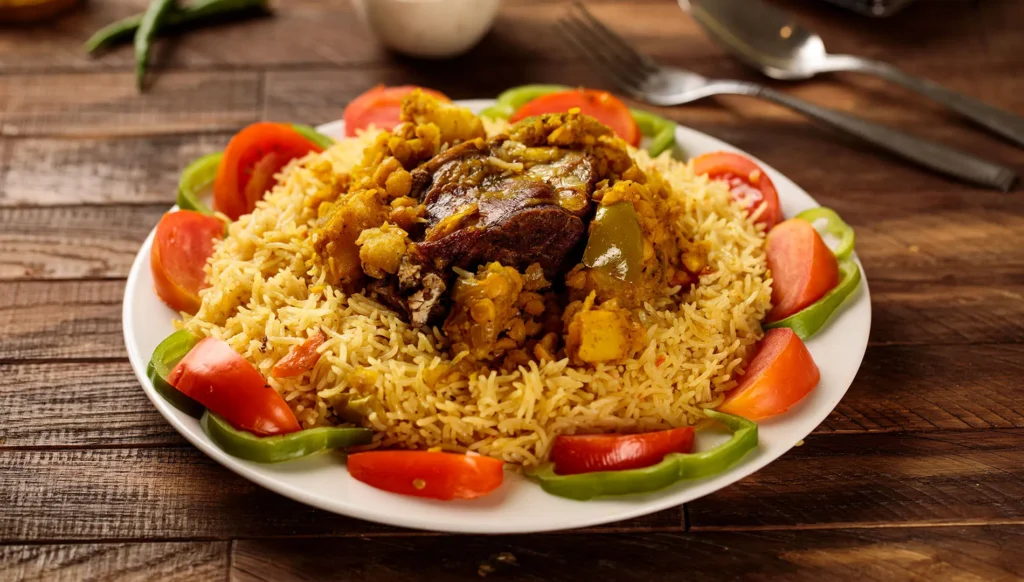
When planning your trip to oman, experiencing the local cuisine is a must. Omani food reflects the rich history and diverse cultural influences of the region. Here are some must-try dishes and top places to enjoy them:
Shuwa
Shuwa is a traditional Omani dish made of marinated lamb or goat, slow-cooked in an underground sand oven for up to 48 hours. This cooking method gives the meat a unique, tender texture and a rich, smoky flavor. Shuwa is typically prepared for special occasions like Eid al-Fitr.
Majboos (Kabsa)
Majboos is a flavorful rice dish similar to biryani, made with basmati rice, meat (often chicken or lamb), and a blend of spices like saffron, cardamom, and cloves. It is a staple in Omani households and is usually served with a side of salad and yogurt.
Mashuai
Mashuai is a popular seafood dish made with spit-roasted kingfish served with lemon rice. The fish is marinated with a blend of spices and herbs, then grilled to perfection, offering a delightful taste of Omani coastal cuisine.
Harees
Harees is a comforting dish made from wheat and meat, usually chicken or lamb. The ingredients are cooked together until they form a thick porridge-like consistency. It is especially popular during Ramadan.
Halwa
Omani Halwa is a sweet delicacy made from sugar, rose water, saffron, and various nuts. It has a gelatinous texture and is often served with coffee. Halwa is a symbol of Omani hospitality and is commonly enjoyed during festivals and celebrations.
Mishkak
Mishkak refers to skewered and grilled meat, typically beef, chicken, or lamb, marinated in a mixture of spices and cooked over charcoal. It is a popular street food and is often enjoyed with bread or rice.
Khubz Ragag
Khubz Ragag is a thin, crispy flatbread made from a simple batter of flour and water. It is cooked on a hot griddle and can be enjoyed plain or with various fillings like cheese, eggs, or honey.
Best Places to Try Omani Food and best restaurants in Muscat
- Kargeen (Muscat): Known for its traditional Omani dishes such as shuwa and machboos.
- Bin Ateeq (Salalah): Offers a variety of traditional Omani foods, including harees and madhbi (grilled meat).
- Muttrah Souq (Muscat): A great place to sample Omani snacks and sweets like samosas and halwa.
Should You Travel to Oman with a Tour or Independently? Pros and Cons
When planning how to travel to oman, it’s important to weigh the benefits and drawbacks of joining a guided tour versus traveling independently. Both options offer unique experiences tailored to different types of travelers. Here’s a detailed look at the pros and cons of each approach to help you decide the best way to enjoy your trip to oman.
Guided Tours
Pros:
- Convenience and Ease: Guided tours handle all the logistics, from accommodations to transportation and itineraries. This can be particularly beneficial if you’re visiting Oman for the first time and prefer a hassle-free experience.
- Knowledgeable Guides: Local guides provide in-depth knowledge about Oman’s history, culture, and attractions, enriching your travel experience. They can offer insights that you might miss when traveling alone.
- Safety and Support: Traveling with a group often feels safer, especially in unfamiliar places. In case of emergencies, tour companies can assist with medical issues, translations, and other support.
- Social Experience: Joining a tour is a great way to meet like-minded travelers and potentially make lifelong friends. This social aspect can enhance your travel experience, especially if you’re traveling solo.
Cons:
- Limited Flexibility: Guided tours follow a fixed itinerary, which might feel restrictive if you prefer exploring at your own pace. You may not have the freedom to spend extra time at places you particularly enjoy.
- Higher Costs: Guided tours can be more expensive compared to independent travel. The cost covers accommodations, transportation, meals, and the guide’s fee, which might not always be the most economical option.
- Less Cultural Immersion: You might miss out on spontaneous interactions with locals and the authenticity of navigating Oman on your own terms.
Independent Travel
Pros:
- Complete Freedom: Independent travel allows you to create your own itinerary and make spontaneous decisions about where to go and what to see. This flexibility can lead to unique and memorable experiences.
- Budget Control: You can manage your expenses more effectively, choosing budget-friendly accommodations and local eateries. This can make your trip more affordable compared to the fixed costs of a guided tour.
- Cultural Immersion: Traveling independently often leads to deeper interactions with locals, providing a more authentic understanding of Omani culture and daily life.
Cons:
- Planning and Logistics: Organizing every aspect of your trip can be time-consuming and stressful. From booking accommodations to figuring out transportation, independent travel requires more effort and preparation.
- Safety Concerns: Traveling alone can sometimes feel less secure, especially in unfamiliar environments. You need to be vigilant about personal safety and emergency plans.
- Language Barriers: Without a guide, language barriers might pose challenges, such as communicating with locals or navigating unfamiliar areas.
Guide to the Main Airports in Oman
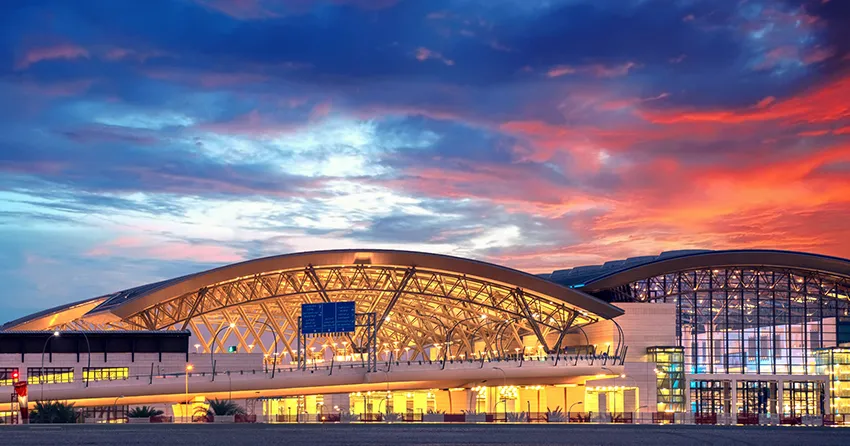
When planning how to travel to oman, understanding the main airports and their facilities can enhance your travel experience. Here are the key airports in Oman:
Muscat International Airport (MCT)
Muscat International Airport is the primary gateway to Oman, located about 32 kilometers west of the capital city, Muscat. It serves as the hub for Oman Air and SalamAir, offering flights to various international and domestic destinations. The airport features a modern terminal with amenities such as duty-free shops, restaurants, lounges, and free Wi-Fi.
Key Features:
- Transportation: Options include car rentals, taxis, shared ride services, and public buses.
- Facilities: Dining and shopping options, accessible services for travelers with disabilities, and passenger services like free Wi-Fi and medical assistance.
- Hotels Nearby: Several hotels are located within a short distance from the airport, offering convenient accommodation options for travelers.
Salalah Airport (SLL)
Salalah Airport is the second busiest airport in Oman, located in the Dhofar region. It serves as a key hub for travelers visiting the southern part of the country, particularly during the khareef (monsoon) season when the region becomes a lush green landscape.
Key Features:
- Airlines and Destinations: The airport is serviced by major airlines like Oman Air, Qatar Airways, and FlyDubai, with flights to and from destinations such as Muscat, Doha, and Dubai.
- Facilities: The airport provides essential services including dining options, car rentals, and shuttle services to and from the city center.
Other Notable Airports
- Sohar Airport (OHS): Located in the Al Batinah North Governorate, Sohar Airport serves the northern regions of Oman and offers flights primarily to domestic destinations and a few international routes.
- Duqm Airport (DQM): Situated in the Al Wusta region, Duqm Airport caters to the growing industrial and economic activities in the area, providing connectivity for business travelers.
Choosing the Right Airport for Your Trip
Depending on your trip to oman, the choice of airport can significantly affect your travel experience. Muscat International Airport is ideal for those starting their journey in the capital or connecting to other international flights. Salalah Airport is perfect for travelers heading to the southern region during the khareef season or exploring the natural beauty of Dhofar.
Shopping Malls in Oman
When planning how to travel to oman, exploring the shopping destinations can be a delightful part of your trip. Here are some of the top shopping malls in Oman that you should consider visiting:
Muscat City Centre
Muscat City Centre is one of the most popular shopping malls in Oman, featuring over 142 international and local brands. It offers a wide range of shopping options, dining venues, and entertainment facilities, including a large Carrefour hypermarket and VOX Cinemas. This mall is conveniently located near Muscat International Airport.
Oman Avenues Mall
Oman Avenues Mall, located in the heart of Muscat, is the largest mall in Oman with a variety of high-end fashion stores, fine dining options, and entertainment facilities. It also houses a large food court and family-friendly entertainment options, making it a popular spot for both locals and tourists.
Mall of Oman
The Mall of Oman is the newest and largest shopping destination in the Sultanate, featuring over 350 retail outlets, a 14,000 square meter indoor snow park, and the largest VOX Cinemas in Oman. It also offers more than 50 dining options and a Carrefour hypermarket, making it a one-stop destination for shopping and entertainment.
Salalah Gardens Mall
Located in Salalah, Salalah Gardens Mall is the largest shopping mall in the Dhofar region. The mall is known for its beautiful Omani architecture, extensive garden area, and a variety of shopping, dining, and entertainment options, including a multiplex cinema and a traditional souq.
Qurum City Centre
Qurum City Centre is a combined mall and supermarket offering a variety of goods such as clothing, accessories, and handicrafts. It also features a small souk and is known for its convenient location and family-friendly atmosphere
Essential Tips for a Better Travel Experience in Oman
Planning how to travel to oman involves knowing a few essential tips to ensure a smooth and enjoyable trip. Here are some key points to consider:
Rent a Car in Oman
Rent Car Oman : One of the best ways to explore Oman is by renting a car. Public transportation is limited, and many attractions are spread out, making a car rental the most convenient option. For a self-drive itinerary, renting a 4WD is highly recommended, especially if you plan to explore the desert areas like Wahiba Sands or the mountainous regions like Jebel Shams. For rental options, you can check services like Avis, Budget, Europcar, and Hertz at Muscat International Airport and other locations across Oman.
Weather and Best Time to Visit
Optimal Travel Time: The best time to visit Oman is between October and April when the weather is pleasantly warm, making outdoor activities more enjoyable. Avoid the scorching summer months from June to August, as temperatures can exceed 40°C (104°F).
Dress Code and Respecting Local Culture
Dress Modestly: Oman is a conservative country, and it’s important to respect local customs. Dress modestly, covering shoulders and knees. Women should carry a scarf to cover their heads when visiting mosques. This respectful approach will help you blend in and be more comfortable during your visit.
Currency and Payments
Currency: The Omani Rial (OMR) is the official currency. Credit cards are widely accepted, but it’s advisable to carry some cash for smaller establishments and markets. ATMs are readily available in cities and towns.
Local Cuisine
Try Local Food: Omani cuisine is rich and diverse. Don’t miss trying traditional dishes like shuwa (slow-cooked marinated meat), majboos (spiced rice with meat), and fresh seafood. Dining in local restaurants will give you an authentic taste of Omani culture.
Safety and Health
Safety: Oman is considered one of the safest countries in the Middle East. Crime rates are very low, and the country is politically stable. However, it’s always wise to take standard travel precautions and stay informed about local news.
Useful Apps and Connectivity
Stay Connected: Get a local SIM card for your phone upon arrival to stay connected. Oman has good mobile coverage and internet access. Apps like Google Maps and translation tools can be very helpful during your trip.
